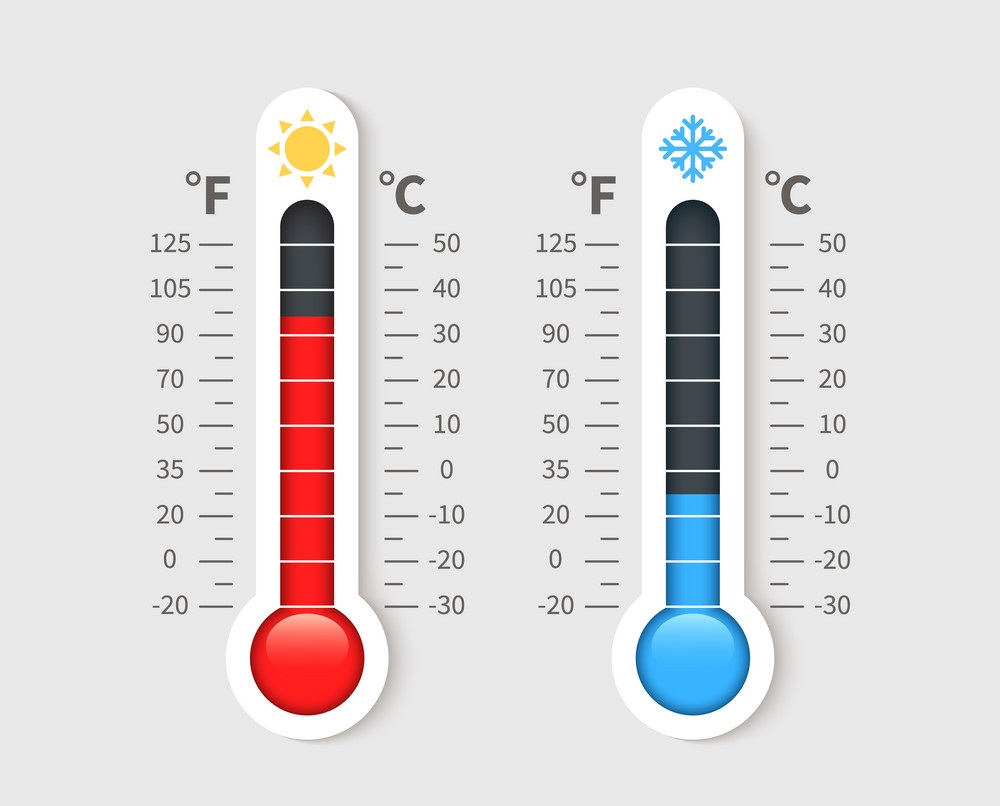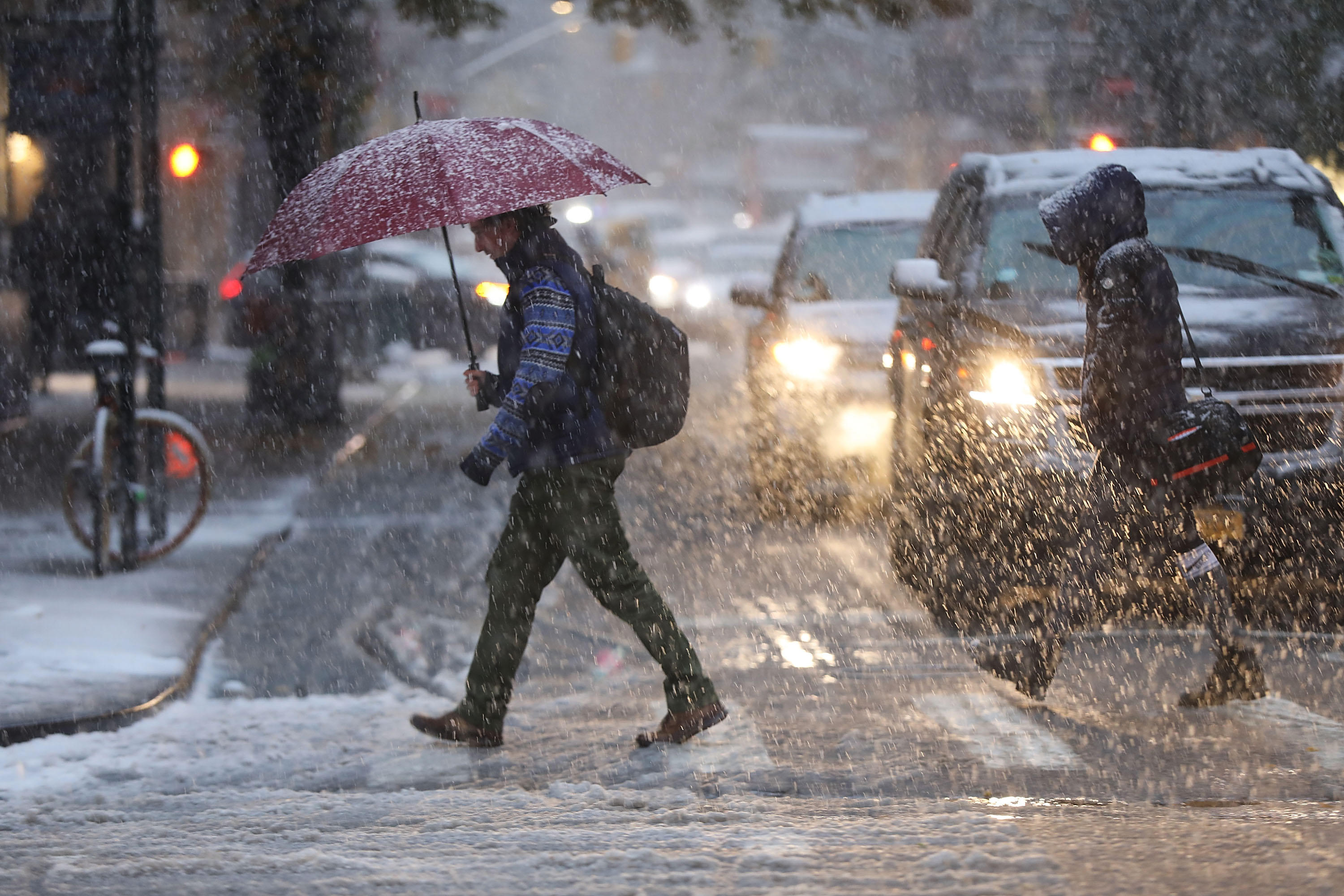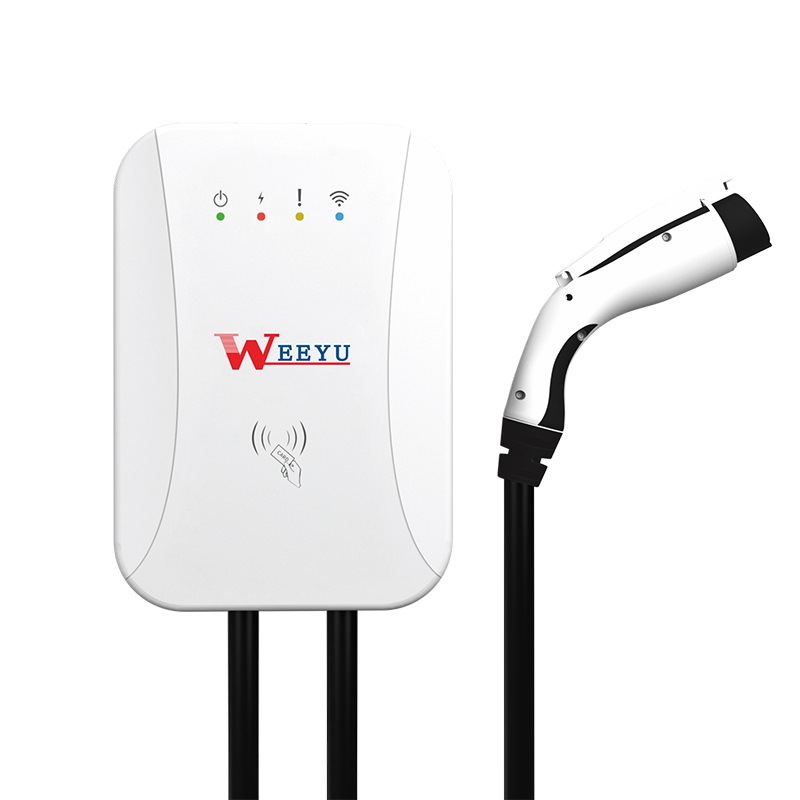Electric vehicles (EVs) are quickly gaining popularity worldwide, as they are seen as a greener and more sustainable alternative to traditional gas-powered cars. However, as more people switch to EVs, there is an increasing need for reliable and efficient charging infrastructure. While there are many factors that can impact EV charging, one factor that is often overlooked is the weather. In this article, we will explore how the weather affects EV charging and what steps can be taken to mitigate its impact.
Temperature

Temperature is one of the most significant weather factors that can affect EV charging. Extreme temperatures, whether hot or cold, can have a significant impact on the battery’s performance, which in turn affects the charging process. During hot weather, the battery can become overheated, which can result in slower charging times and shorter battery life. Conversely, in cold weather, the battery’s performance can be significantly reduced, resulting in longer charging times and reduced range.
To mitigate the impact of temperature on EV charging, it is essential to take a few key steps. First, it is essential to park the EV in a shaded area during hot weather to avoid direct sunlight on the battery. In cold weather, it is recommended to park the EV in a garage or other enclosed space to keep it warm. It is also crucial to keep the battery charged, as a low battery can be more vulnerable to temperature fluctuations. Finally, it is important to use a charger that can monitor the battery’s temperature and adjust the charging rate accordingly.
Humidity

Humidity, or the amount of water vapor in the air, can also have an impact on EV charging. High humidity levels can cause corrosion in the charging system, which can result in reduced charging efficiency and increased maintenance costs. In addition, humidity can also affect the battery’s performance, especially if the battery is not properly sealed.
To mitigate the impact of humidity on EV charging, it is essential to ensure that the charging station and the EV’s electrical system are properly sealed and protected from moisture. This can be achieved by using a high-quality charging station that is designed to withstand harsh weather conditions. In addition, it is recommended to regularly inspect the charging system for signs of corrosion and to clean the system if necessary.
Wind

While wind may not seem like a significant factor in EV charging, it can still have an impact on the charging process. High winds can cause dust and debris to accumulate on the charging station, which can reduce its efficiency and increase the risk of damage to the charging cables. In addition, high winds can also cause the EV to sway, which can result in damage to the charging cable and the EV itself.
To mitigate the impact of wind on EV charging, it is essential to ensure that the charging station is properly secured to the ground and that the charging cables are properly stored when not in use. It is also recommended to regularly clean the charging station to remove any dust or debris that may have accumulated.
Rain and snow

Rain and snow can also have a significant impact on EV charging. In addition to the risk of damage to the charging station and cables, rain, and snow can also make it difficult to access the charging station, especially if it is located outdoors.
To mitigate the impact of rain and snow on EV charging, it is essential to ensure that the charging station is properly protected from the elements. This can be achieved by using a waterproof charging station and by installing the station in a covered area. It is also recommended to regularly inspect the charging station for signs of damage and to repair any damage as soon as possible.
Conclusion
In conclusion, the weather can have a significant impact on EV charging, but with proper planning and preparation, it is possible to mitigate its impact. By taking steps to protect the charging station and the EV’s electrical system from temperature fluctuations, humidity, wind, rain, and snow, EV owners can ensure that their vehicles are charged efficiently and reliably, regardless of the weather conditions.
One important factor to keep in mind is that different types of EV chargers may be affected differently by weather conditions. For example, Level 1 chargers, which are typically used for home charging, may be more susceptible to weather-related issues than Level 2 or DC fast chargers, which are designed for public charging and are typically more robust.
Another key consideration is the location of the charging station. Outdoor charging stations may be more vulnerable to weather-related issues than indoor stations, which are typically more protected from the elements. However, indoor stations may also be subject to temperature and humidity fluctuations if they are not properly ventilated.
Overall, it is essential for EV owners and operators to take a proactive approach to weather-related issues when it comes to EV charging. This may involve investing in high-quality charging equipment, taking steps to protect charging stations from the elements, and regularly inspecting and maintaining the charging system to ensure optimal performance and reliability.
As the demand for EVs continues to grow, it is likely that the issue of weather-related impacts on charging will become increasingly important. However, by staying informed and taking proactive steps to mitigate these impacts, EV owners and operators can help to ensure that EVs remain a viable and sustainable transportation option, regardless of the weather conditions.
In addition to the impact of weather on EV charging infrastructure, it is also important to consider the impact of weather on EV driving range. As mentioned earlier, extreme temperatures can have a significant impact on the battery’s performance, which can result in reduced driving range. This can be especially problematic for EV owners who live in areas with particularly hot or cold climates.
To address this issue, many EV manufacturers are developing technologies to improve battery performance in extreme weather conditions. For example, some EVs are equipped with battery heating and cooling systems that help to regulate the battery’s temperature and maintain optimal performance. Other technologies, such as predictive climate control and pre-conditioning, allow EV owners to optimize the cabin temperature of their vehicle before they begin driving, which can help to conserve battery power and extend driving range.
Ultimately, the impact of weather on EV charging and driving range underscores the importance of a robust and reliable charging infrastructure. As more EVs hit the roads, it will be essential to continue investing in the development of advanced charging technologies and infrastructure to ensure that EVs remain a viable and sustainable transportation option for all drivers, regardless of the weather conditions.
In conclusion, weather can have a significant impact on EV charging and driving range. To mitigate these impacts, it is essential for EV owners and operators to take a proactive approach to protecting their charging infrastructure from the elements, investing in high-quality charging equipment, and staying informed about the latest developments in EV battery technology and charging infrastructure. By doing so, we can help to ensure that EVs continue to play an important role in creating a more sustainable and environmentally friendly transportation system for future generations

